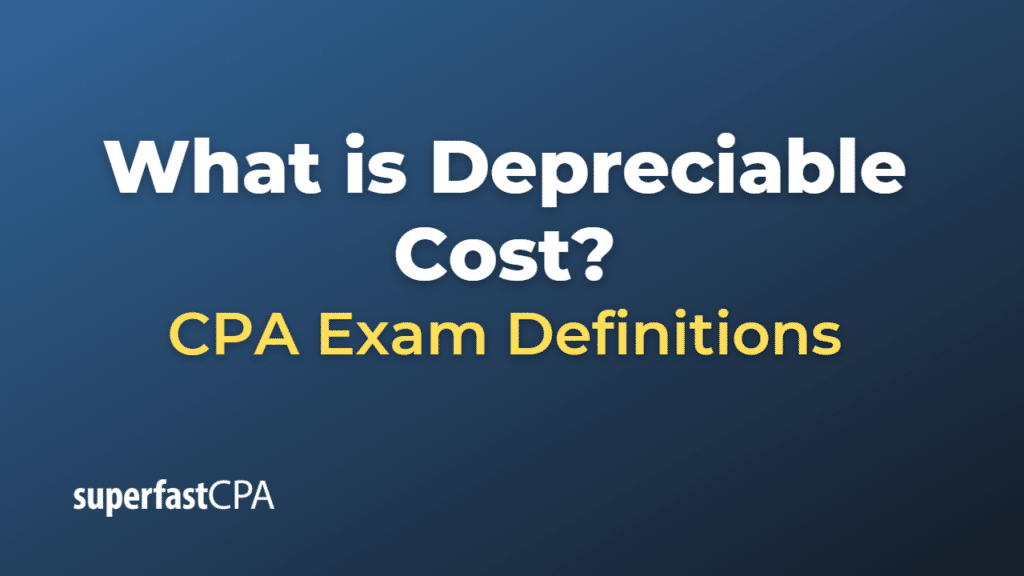Depreciable Cost
Depreciable cost, also known as depreciable base, is the portion of an asset’s cost that a company allocates to depreciation over the asset’s useful life.
It is calculated as the difference between the initial cost of an asset and its estimated salvage value. The salvage value is the estimated residual value of an asset at the end of its useful life – in other words, what the company expects to be able to sell the asset for after it’s finished using it.
Example of Depreciable Cost
Let’s take the example of a delivery truck purchased by a company.
The company buys a delivery truck for $50,000. They estimate that the truck will have a useful life of 5 years and at the end of those 5 years, they expect the truck can be sold for $5,000 (this is the salvage value).
The depreciable cost of the truck is calculated as follows:
Depreciable Cost = Initial Cost of Asset – Estimated Salvage Value
In this case:
Depreciable Cost = $50,000 – $5,000 = $45,000
This means that over the course of 5 years, the company will depreciate a total of $45,000. If they use the straight-line method of depreciation, they will depreciate the truck by $9,000 each year ($45,000 ÷ 5 years).
At the end of the 5 years, the book value of the truck in the company’s accounting records should be the same as the estimated salvage value, or $5,000. This demonstrates that the cost of the truck has been spread out, or “matched”, against the revenue it helped to earn over the 5 years it was in use.













